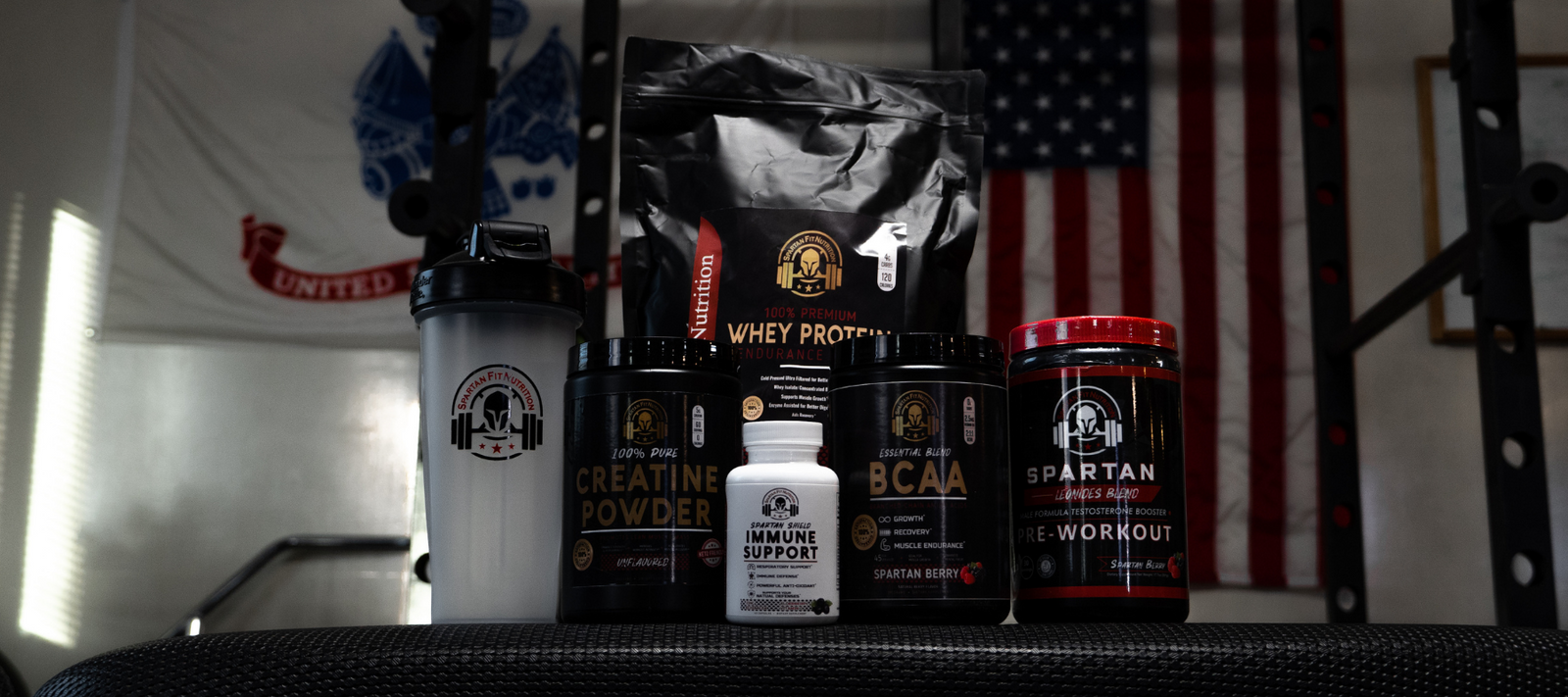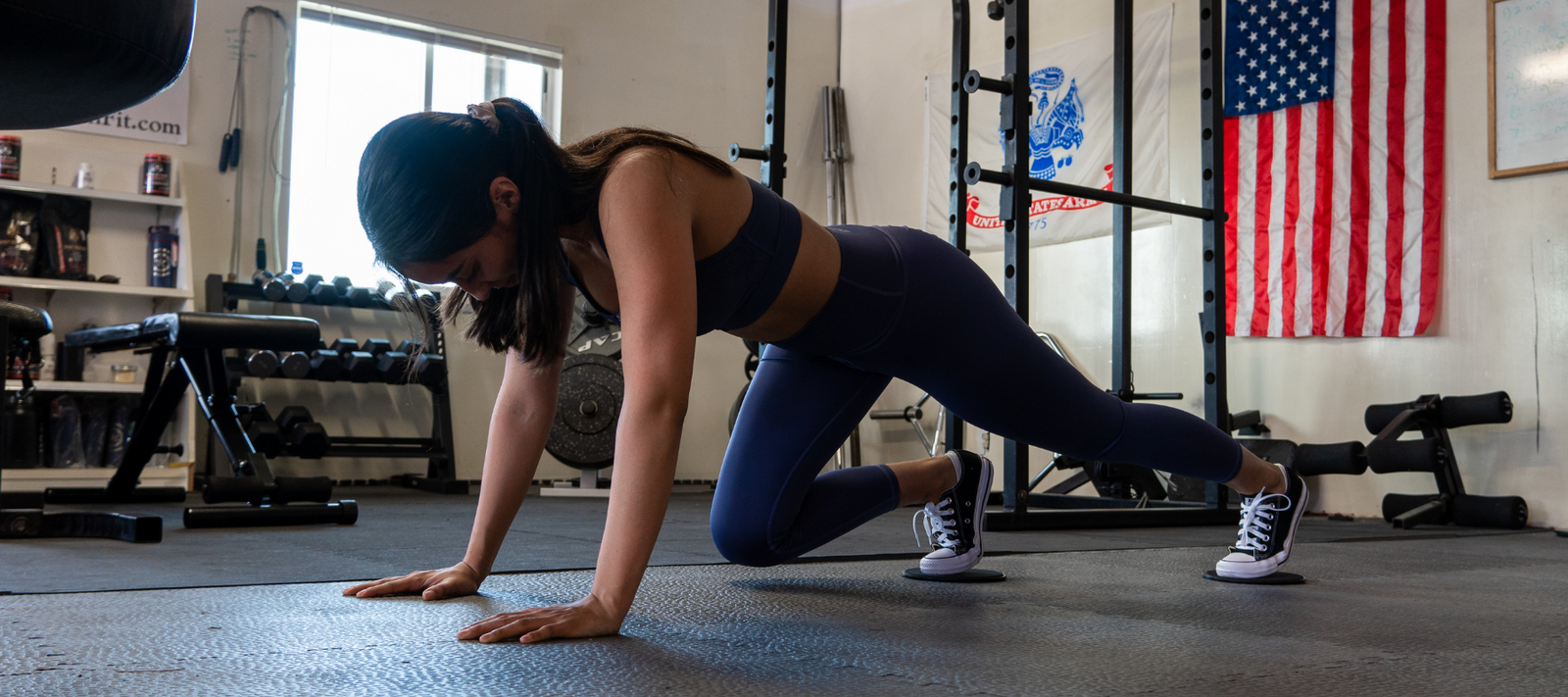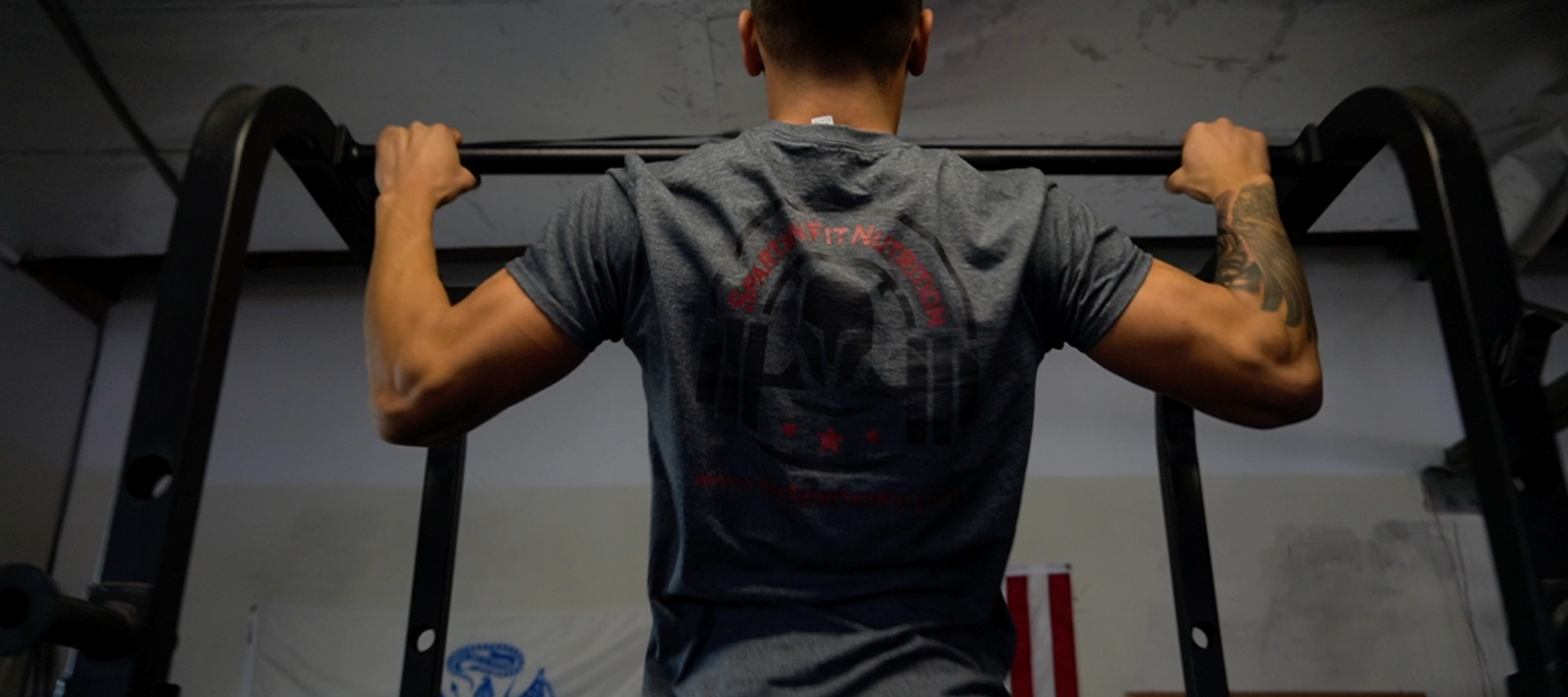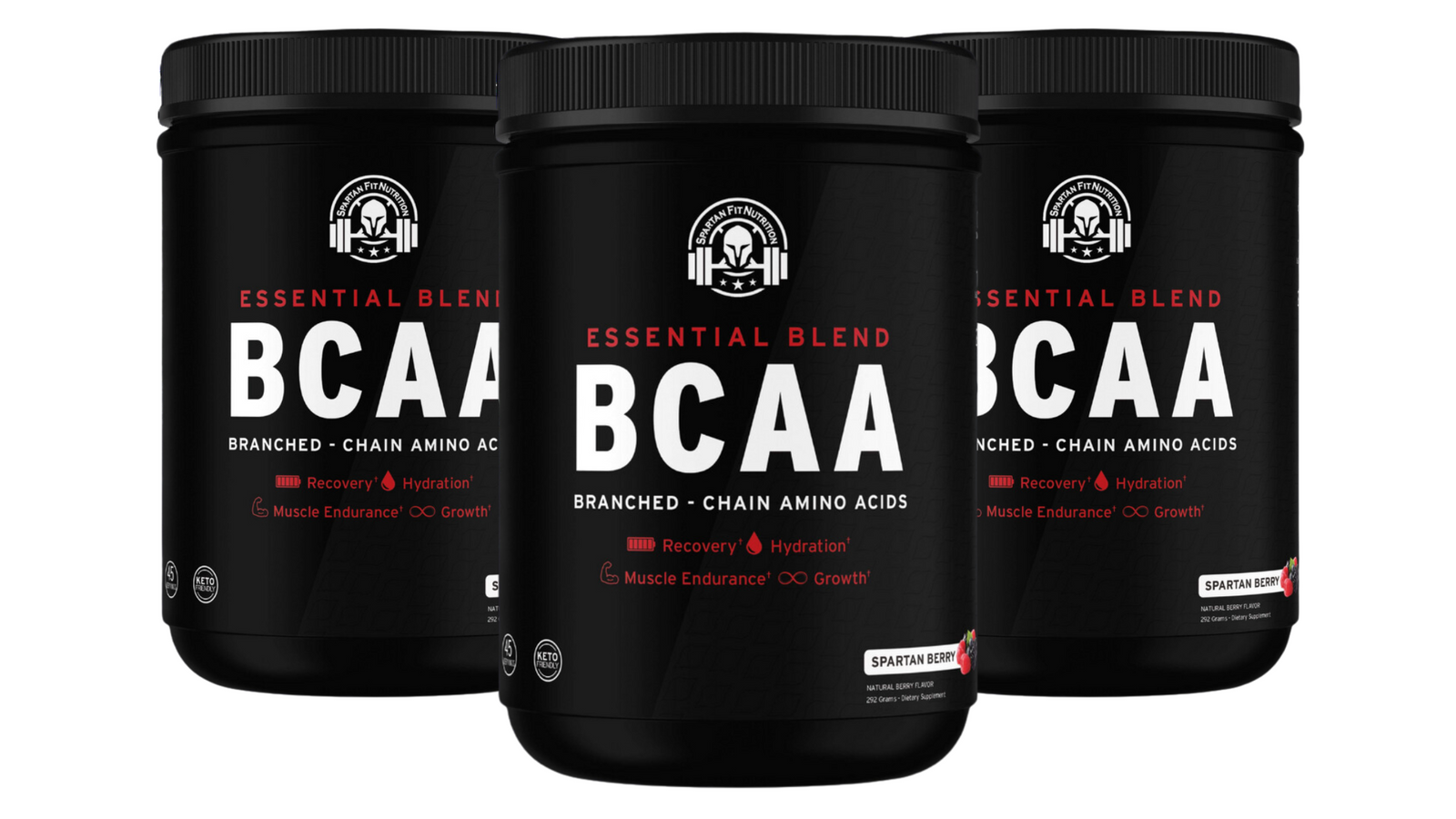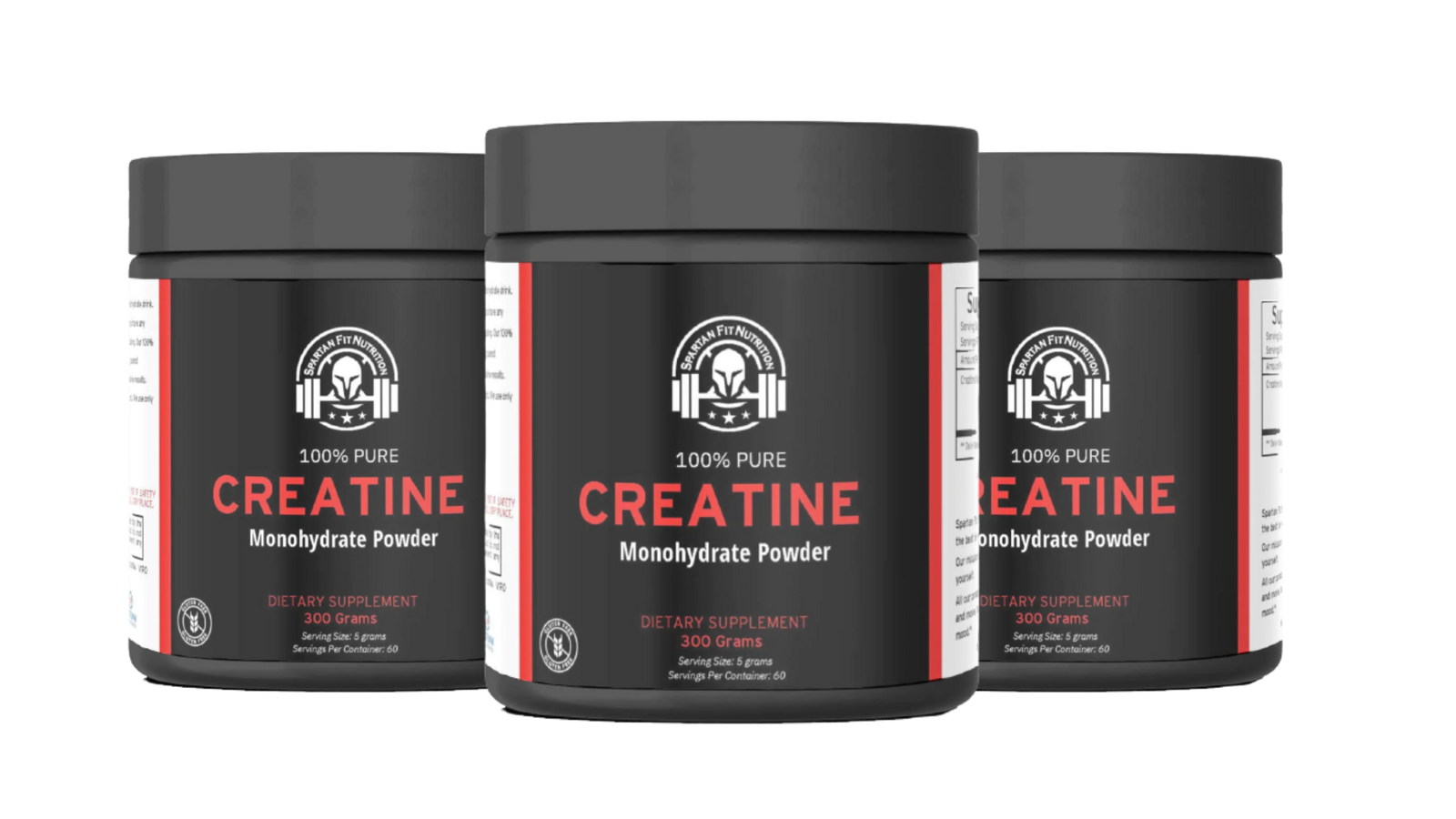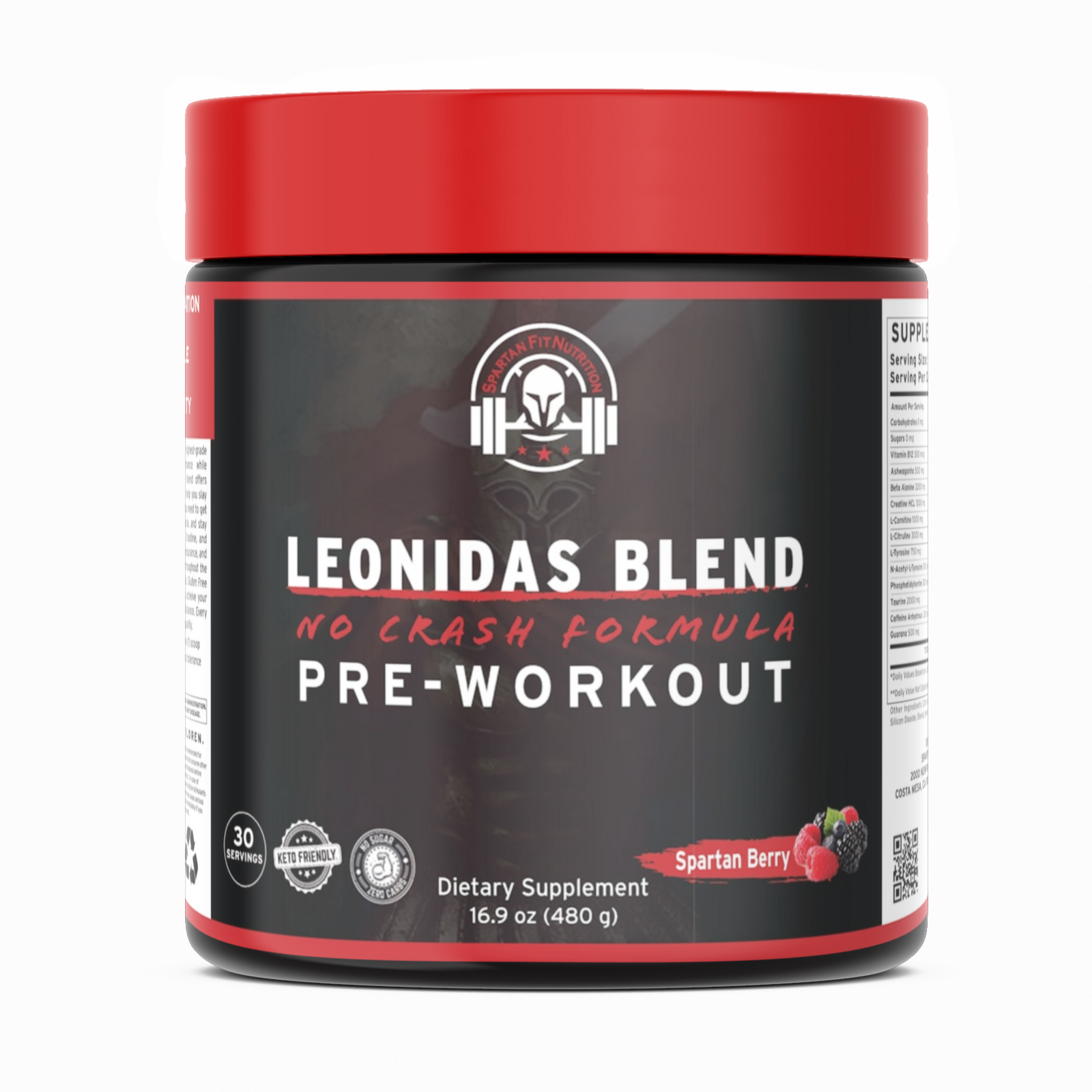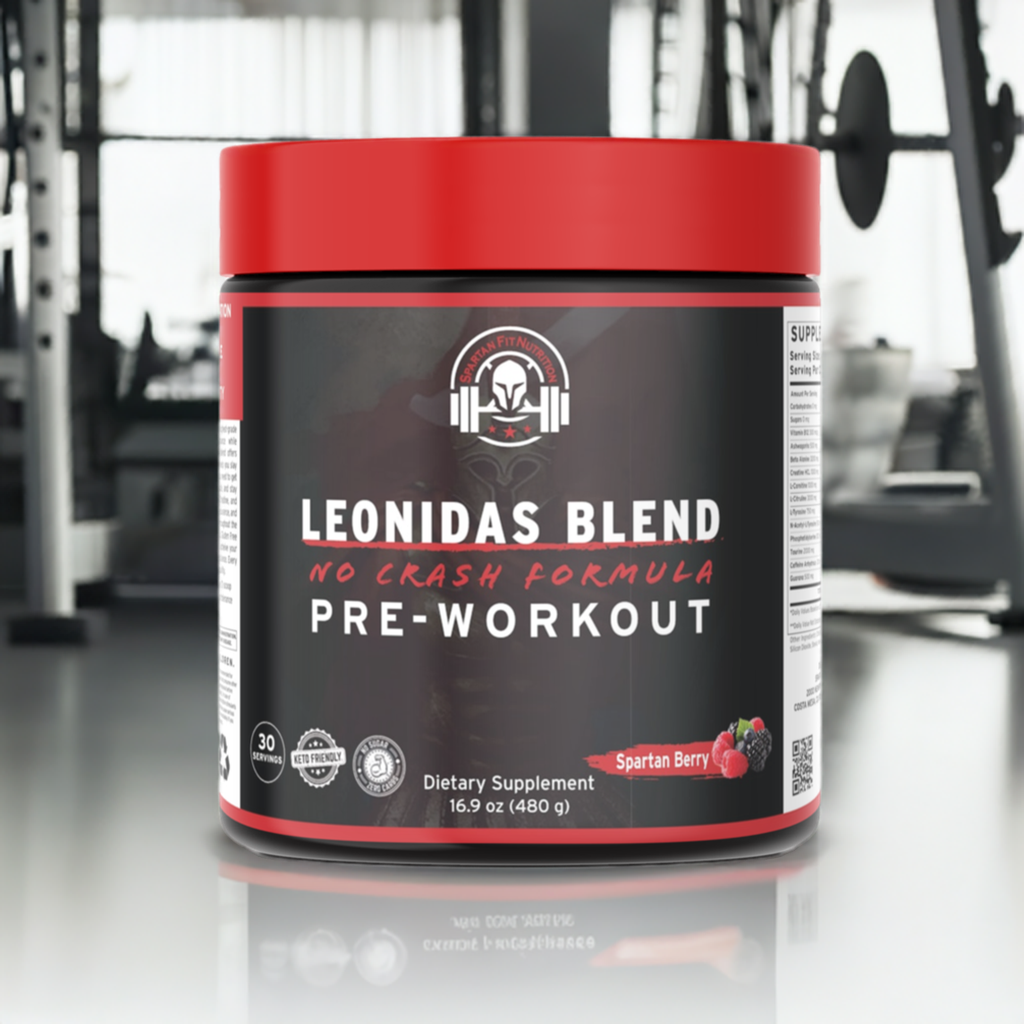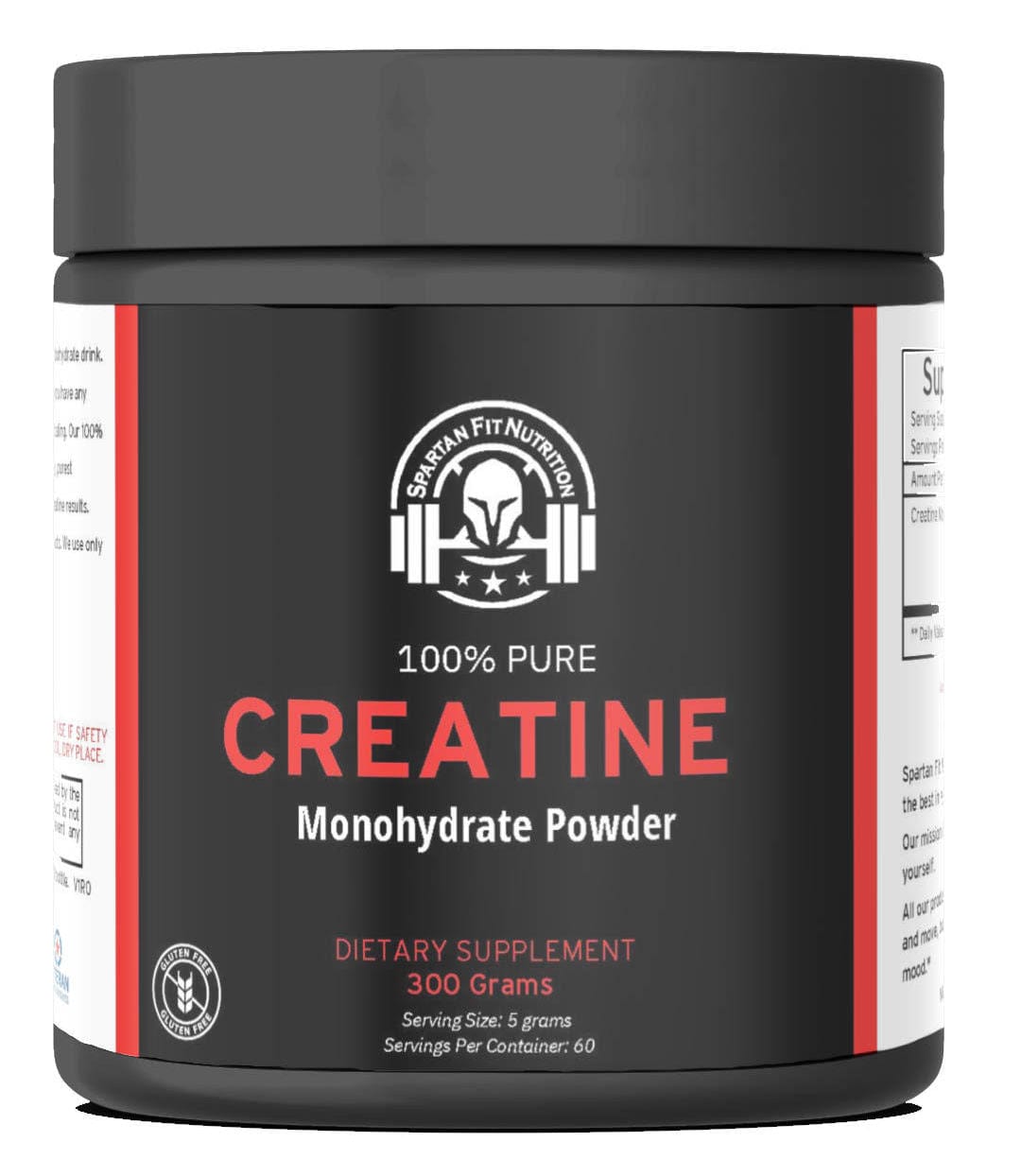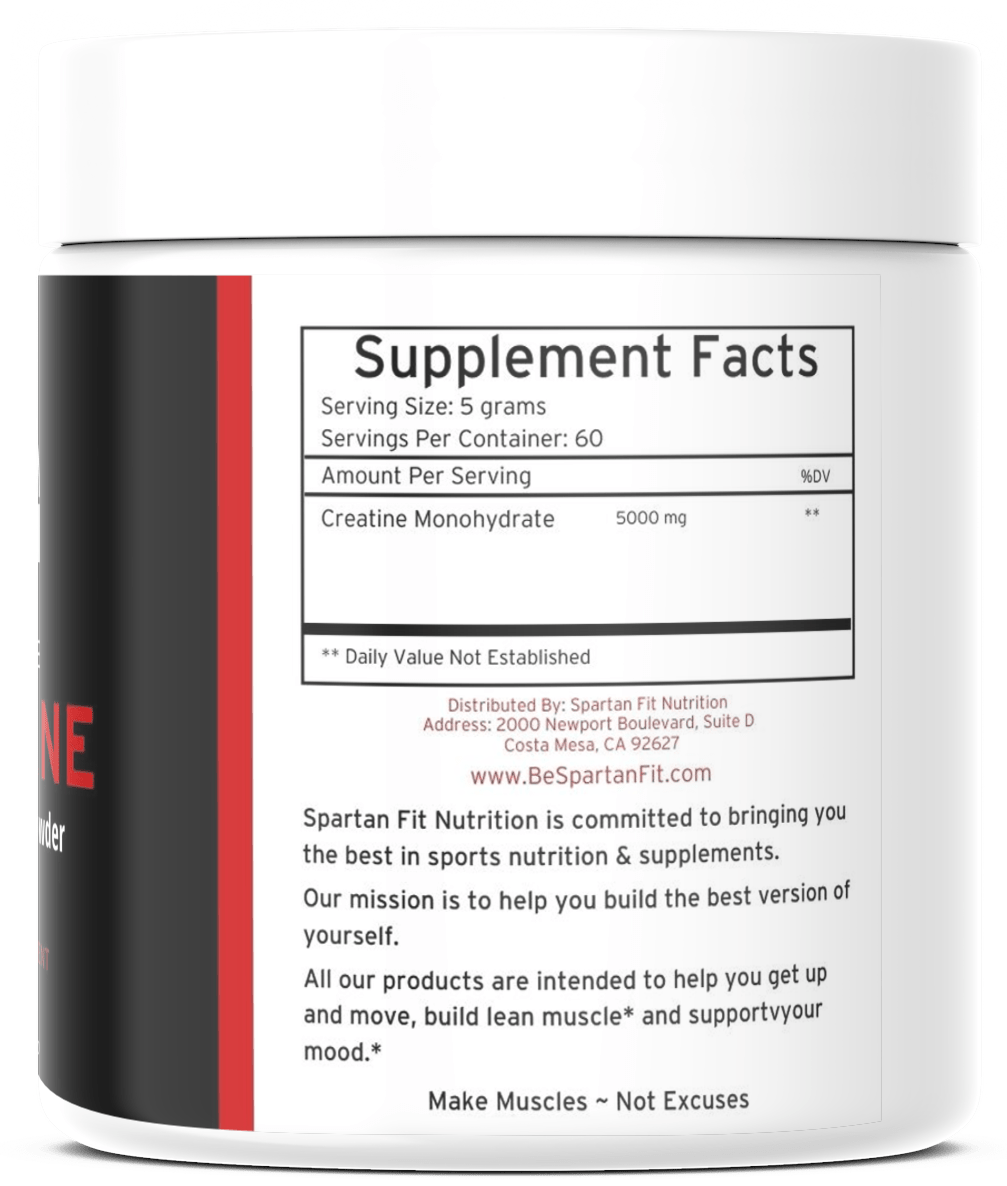Do you ever wonder how pro chefs turn out perfectly succulent chicken breasts with such crisp skin? Do you wish you could chop up a roast chicken neatly and quickly? Make Perfect Chicken Every Time! Let’s talk chicken, the sweetheart star of the American plate. With a few quick insider tips, techniques, and skills, these are the essentials you need to cook and serve super-tender and juicy chicken every time. No fussing, worrying, or searching — this is all you need.
Why Chicken?
If you’re not a vegetarian or pescatarian, then it’s very likely that you’ve eaten chicken sometime this week. It’s the single most popular meat in America, accounting for nearly half of all meat consumed. And we’re not alone: People around the world cook and eat chicken in a multitude of ways, from deep-fried, to roasted, to broiled, to pan-fried, and more. And if we’re going to eat all that chicken, then it’s worth taking the time to learn some techniques for making it really tasty.

First, You Have to Know the Bird
A little bit of knowledge goes a long way. Whether you’re #teamchickenbreast or all about the thighs, take a spin through the parts of the bird; you might learn something new.
Why Breast Meat Is So Tricky (Plus the Most Important Cooking Tip for It)
Chicken breasts — particularly boneless, skinless breasts — are the most popular (and the most expensive) cut of meat on a bird. This is likely because they have a reputation for being healthy (the meat is very lean) and, without any bones, tendons, or skin, they are about as easy to prepare as it gets.
Of course, the difficulty with cooking chicken breasts is that the meat is naturally bland. It lacks much fat, and those muscles don’t get much exercise. (As we explained in yesterday’s meat lesson, meat is much more flavorful when/where the animal’s muscles are used). The lack of fat also makes it dry out and overcook easily — which is why on both the stovetop and in the oven we recommend essentially poaching them in their juices by covering the dish or pan.
What the Pros Do (and You Should Too)
Another tip for cooking chicken breasts: The cuts are much thicker at one end, so it’s easy to overcook the thin end while the thicker end cooks through. But you can even out (and tenderize) the breast by flattening it. (No, this isn’t just a silly-fancy restaurant technique!) A meat mallet is great for this (we like the OXO one), but a rolling pin or even the bottom of a sturdy Mason jar or cup will work.
Why Thighs Should Be on Your Shopping List
Meat from thighs and drumsticks is much less popular than breast meat, and this is a shame. Thigh meat, especially, is very flavorful, partly because the muscles have gotten more exercise. It also has more fat in it, which means it stays moist longer when cooking and is harder to overcook. Plus it’s less expensive per pound! We are pretty all-in on boneless, skinless chicken thighs here at Kitchn.
And yet for all those advantages, many cooks worry that thighs and drumsticks are somehow less healthy. But we’ve come a long way since the no-fat ’80s. More people are aware that eating fat in moderation can be (and is!) part of a healthy diet. So if you find yourself buying breast meat by default, give thighs (which come skinless and boneless as well!) or drumsticks a try. You can skillet-fry them, or roast them on a baking sheet with vegetables. Trust us, you’ll notice a world of difference in the taste.

When to Buy Boneless and When to Buy Bone-in Chicken
The question of bone-in and skin-on versus boneless and skinless is really a matter of personal preference. If you’re planning to debone and remove the skin from your chicken anyway, and don’t mind paying the slightly higher cost that comes with having the grocery store’s butcher do it for you, then by all means buy the boneless, skinless meat!
But let us make the case for what may look, at first blush, like the slightly less convenient option: Consider what you’re throwing out (or leaving behind). The skin is a deliciously fatty covering, a source of moisture and flavor no matter the cut. And it’s not all that unhealthy — especially given the skin-to-meat ratio. The bones are also valuable: We’ll be talking about stock in a couple of days, and showing you just how great they are. It takes almost no work to remove them (watch the video above, for a demonstration how), and you’re paying more money to have these things left out.
Should You Wash Chicken? No!
If you haven’t heard this before, no, you should not be washing your chicken before cooking it. While plenty of classic cookbooks may instruct you to rinse the chicken before cooking (and you may have grown up watching your own mom do this), the FDA has been warning against it for years (as have we). Why? Running water over your raw chicken will only spread any bacteria on the meat all over your sink (and possibly elsewhere). And it’s not necessary: The proper amount of heat from cooking will kill anything on the skin anyway.
If You Learn Just One Thing Today …
Unlike other meats, which are typically deemed safe by the FDA at 145°F, chicken needs to be cooked about 20 degrees hotter — to 165°F. This keeps the threat of food poisoning away, but it also means that safety-minded cooks are more likely to overcook the chicken, making it dry and unpalatable. To ensure the chicken you’re cooking is hot enough (but not a lot hotter) it’s really helpful, therefore, to have an accurate thermometer.

What You Don’t Need to Learn
You may have an old recipe book that calls for cooking a “broiler,” a “roaster,” a “fryer,” or even a “capon.” You may have then gone to the grocery store and wondered which bird was which. While there are technical definitions for all these words, practically they’re not very useful anymore — and only really refer to general size. As Mark Schatzker explains in his excellent book about food and flavor, The Dorito Effect, (excerpted by the New York Post), those terms came from a completely different era of chicken farming. These days, for the most part, all birds are raised as broilers. You’re unlikely to find any other kind unless you’re buying from a small family farm or a specialty market.

Level Up! Chicken Cooking Pro Tips
Why a Roast Chicken Is the Ultimate Fast & Fancy Meal
This section might rightly go under “basics,” as roasting a whole chicken is one of the simplest and easiest things you can do. And yet the resulting meal is so splendidly elegant that it can’t help but feel like a next-level dish. To roast a chicken, all you really need is an oven-proof pan deep enough to catch the juices (a cast iron pan works perfectly), a good bit of salt, and about an hour to an hour-and-a-half, depending on the size of the bird. Preheat the oven to 450°F, get the outside as dry as possible, be generous with the salt, and then drop the temp to 400°F and roast it until a thermometer in the thickest part of the thigh says 165°F. That’s it, really, although more extensive instructions are here.
You can get more complicated than that, of course, including pre-drying the skin and adding all manner of herbs or aromatics. But the simple method works well and is still ethereal. If you’re looking for an easy upgrade, one suggestion: Place your chicken on top of a collection of chopped onions and root vegetables (like potatoes) before cooking. The veggies will cook alongside the bird, and the fat and juices will drip down, flavoring and softening the veggies. It’s an easy way to cook a fantastic side dish at the same time.
How to Cut Up a Chicken Like a Pro
Do you need to be able to break a raw chicken down into its whole parts? Not really. You can certainly buy all the separate parts at a grocery store, and you could go your whole life only buying whole chickens for roasting. But the feeling of accomplishment (and the money saved!) that comes from being able to competently break down a chicken is hard to match. Food Editor Meghan Splawn provides detailed directions in today’s video, above. And you should give it a watch — it’s much easier to show than tell. But here are a few points below.
- Don’t be afraid to handle raw chicken. Just wash your hands first, and after!
- Use a different cutting board for this than for cutting vegetables. It’s just much easier to avoid cross-contamination.
- You can definitely break down a bird with a chef’s knife, but a boning knife, which is more flexible, and much thinner, makes the whole process easier.
- Pull the bones apart a little and feel for the joint — the space where the bones meet — with your finger, and aim the knife right there. It should feel easy to cut through. If there’s resistance, you’ve likely hit bone.
- Give yourself time to learn this. Don’t worry if the first few attempts result in a less-than-perfect cut. It will taste the same when cooked, and eventually you’ll have it down!

What It Takes to Be a Pro with Chicken
If cooking chicken is something you do, it’s likely you’ll have plenty of opportunities to practice these techniques — so don’t be afraid to be bold! And don’t be afraid to make mistakes. From getting breasts to remain juicy, to breaking down a whole bird, the only way to get really good is with practice.

